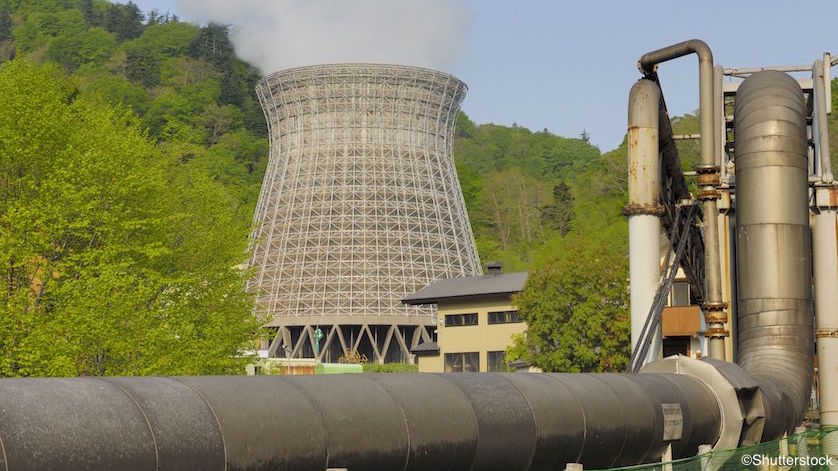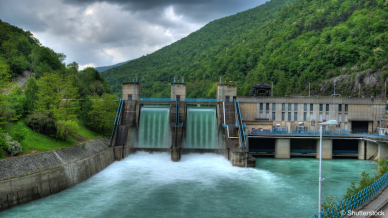
In geothermal plants, transforming the earth’s heat into electricity imposes challenging conditions on pressure measurement equipment. WIKA’s pressure monitoring instruments and diaphragm seals can withstand harsh environments, as shown in a recent installation at a geothermal well in Southeast Asia.
Geothermal power has enormous potential as a renewable source of energy. In a typical geothermal plant, a well is drilled into the geothermal reservoir. The well brings hot water and/or steam to the surface, where a steam turbine converts heat energy into electrical energy. Water is injected into the well to maintain the reservoir’s water level and pressure. Needless to say, accurate pressure measurement and monitoring is key to safe and efficient operations. If the well pressure goes too high, instruments can become damaged, which can lead to safety issues. If it goes too low, the equipment malfunctions, which may force a plant shutdown.
Pressure Measurement Challenges of a Geothermal Plant
Instrumentation at the wellhead has to be particularly rugged to hold up under tough conditions. Temperatures can reach as high as 450°F (232°C), and pressures between 300 to 500 psi are the norm. Most of the times, the hot water and steam coming to the surface brings particulates with it, which can plug process connections. What’s more, the earth particles are abrasive and can physically damage instruments.
Unfortunately, not all pressure gauges and diaphragm seals are able to withstand these conditions day after day.
WIKA’s Pressure Solution for Geothermal Well in SE Asia
Knowing WIKA USA’s reputation for innovative measuring devices, a geothermal company based in Southeast Asia contacted WIKA’s experts to provide pressure measurement solutions for its well in Indonesia.
After assessing conditions at the project site, WIKA recommended the CPG1500. This digital pressure gauge is extremely accurate – 0.1% of span, with an optional 0.025% of span – and is available in an intrinsically safe version. Other advantages of the CPG1500 make it unlike any other product on the market:
- Sturdy die-cast aluminum housing with rubber sleeve (for additional protection)
- Fast sampling rate (up to 50 measured values per second)
- Easy detection of pressure spikes
- Back-lit display with large text area
- User-friendly menu interface for easy programming
- Data-logging capabilities
- Large onboard memory
- Bluetooth enabled
The CPG1500 can easily withstand the temperature (350°F, or 177°C) and pressure (300 psi) normally found at this wellhead. Due to its data-logging capabilities, the CPG1500 was also used as a level indicator and replaced level gauges that required manual logging.
To prevent clogged process connections and equipment damage caused by earth particles, WIKA added the Model 990.34, a process industry diaphragm seal designed specifically for use with pressure gauges. It can be made of stainless steel, Monel®, or Hastelloy®, which makes it perfect for applications working with corrosive, contaminated, hot, and viscous media.
For extra convenience, the CPG1500 was paired with WIKA-Cal. This state-of-the-art software allows the geothermal company’s operator to create logger protocols with ease. Data transfer and communications are extremely easy with WIKA-Cal and a personal computer running Microsoft Windows. This customer was able to retrieve pressure data from the wellhead from as far as 25–30 meters (80–100 ft) away.
The CPG1500’s user friendliness and ease of programming, along with the flexibility and accessibility of WIKA-Cal, are unique in the market. The 990.34 can withstand extremely harsh working conditions. WIKA’s complete pressure measurement solution – digital pressure gauge, diaphragm seal, software – proved to be very successful for this Southeast Asian geothermal company. Contact WIKA todayfor expert help in finding a custom configuration for your application.
Click here to download the white paper “Monitoring Safety & Efficiency: The Importance of Measuring Level, Flow, Pressure, Temperature, and Force in Hydropower Plants”



thanks for info